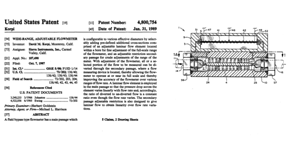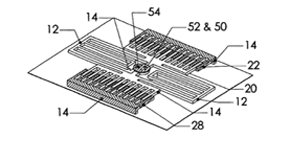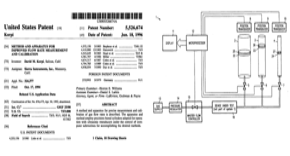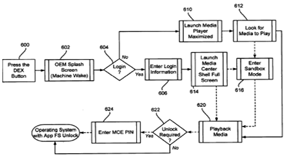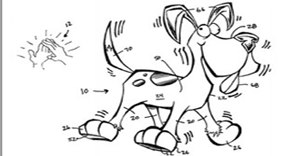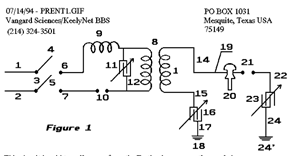What is a non-provisional patent?
Non-Provisional Patent Applications
The United States Patent and Trademark Office (USPTO or Office) is the government agency responsible for examining patent applications and issuing patents. A patent is a type of property right. It gives the patent holder the right, for a limited time, to exclude others from making, using, offering to sell, selling, or importing into the United States the subject matter that is within the scope of protection granted by the patent. The USPTO determines whether a patent should be granted in a particular case. However, it is up to the patent holder to enforce his or her own rights if the USPTO does grant a patent. In short the US Government grants you monopolistic rights to your inventive idea.
A patent application is a complex legal document, best prepared by one trained to prepare such documents. You may wish to consult with a registered patent attorney or agent if you determine you have the appetite to file one. If not I suggest you at least learn the “ropes” by taking a look at the provisional patent video course and prepare yourself to save both you and your attorney a great deal of time and money
- by calling the USPTO’s General Information Services Division at 800-PTO-9199 or 703-308-4357,
- from the USPTO’s Web site at www.uspto.gov, and
- at your nearest Patent and Trademark Depository Library (PTDL).
There are various types of patents — utility, design, and plant. There are also two types of utility and plant patent applications — provisional and non provisional, this course focuses on the provisional patent application. Each year the USPTO receives approximately 350,000 patent applications. Most of these are for nonprovisional utility patents, however, since the laws have recently changed to make the US a “First to File” country it is likely that provisional patents will enjoy a sharp increase in filings.

